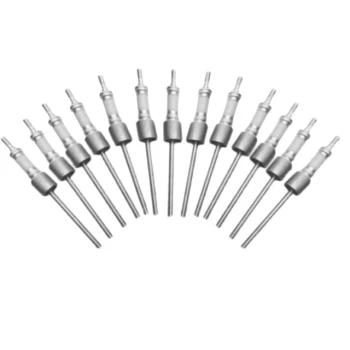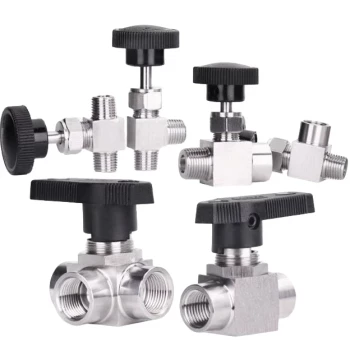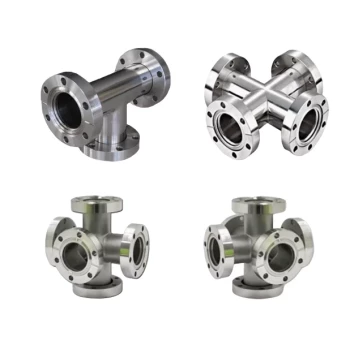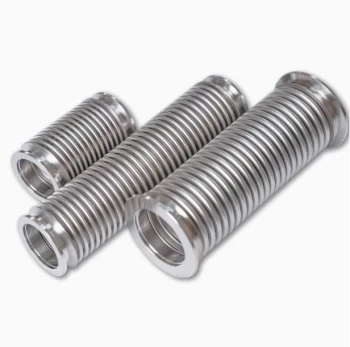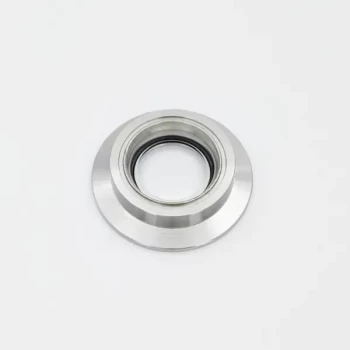Rejuvenating a vacuum tube is a last-resort procedure to restore the electron-emitting capability of its cathode. The most common method involves carefully increasing the tube's filament voltage for a short time to burn off contaminants from the cathode surface. This is a high-risk process that can permanently destroy the tube if not done correctly and should only be attempted on tubes that are weak but otherwise functional.
Attempting to rejuvenate a vacuum tube is a delicate balancing act. While it can sometimes revive a weak tube by addressing cathode degradation, it carries a significant risk of permanently destroying the filament. It should be considered a final attempt to salvage a component, not a routine maintenance procedure.
The Core Problem: Why Do Tubes Weaken?
Understanding Cathode Emission
A vacuum tube works by heating a component called a cathode, which is coated with a special material (often barium or strontium oxide). When heated by the filament, the cathode releases a steady stream of electrons. This flow of electrons is the very essence of the tube's amplifying or switching function.
The Concept of "Cathode Poisoning"
Over time, the emissive coating on the cathode can become contaminated. This happens when stray gas molecules inside the tube—left over from manufacturing or released from the tube's metal parts—bond to the cathode's surface. This contamination layer, often called "cathode poisoning," inhibits the emission of electrons, making the tube test "weak" or perform poorly.
Why It Happens
This degradation is a natural part of a tube's life. However, it can be accelerated if a tube is left with its filament powered on for long periods without the high voltage applied, which is a condition that allows contaminants to build up without being "scrubbed" away by normal operation.
The Rejuvenation Process Explained
The Goal: Revitalizing the Cathode Surface
The central theory behind rejuvenation is simple: apply controlled, excess heat to the cathode. The hope is that this intense heat will be enough to burn off the thin layer of contaminants, exposing the fresh, highly emissive material underneath and restoring electron flow.
A Step-by-Step Method
This procedure should ideally be performed with a dedicated tube tester that has a "rejuvenate" function, as it allows for controlled voltage application and monitoring.
- Carefully Increase Filament Voltage: The filament voltage is slowly raised above its specified rating. This directly increases the cathode's temperature.
- Monitor Emission: As the cathode heats up, its emission level is monitored on the tester's meter. A successful rejuvenation will show a rise in the emission reading.
- Reduce to Normal Voltage: Once the emission reading peaks and begins to fall, or after a very short, prescribed time, the filament voltage is immediately returned to its normal rated value. Leaving it elevated for too long will destroy the filament.
- Stabilize the Tube: The tube is then left to operate at its normal filament voltage for an extended period, sometimes several hours. This allows the cathode to stabilize. The tube is tested periodically until the emission readings remain consistent.
Understanding the Trade-offs and Risks
The Primary Risk: Filament Burnout
The filament is an extremely delicate wire, similar to the filament in an old incandescent lightbulb. Applying too much voltage, even for a moment, can cause it to flash and break. A burned-out filament means the tube is permanently destroyed and cannot be repaired.
Shortened Overall Lifespan
Even a successful rejuvenation comes at a cost. The process aggressively "boils off" part of the cathode's limited emissive coating. You are trading a portion of the tube's remaining lifespan for a short-term boost in performance. A rejuvenated tube will almost never last as long as a new one.
Ineffectiveness for Other Failures
Rejuvenation is not a cure-all. It only addresses weak emission from cathode contamination. It will have no effect on other common tube failures, such as:
- Gas Leaks: When the vacuum is compromised.
- Internal Shorts: When internal components touch.
- Physical Damage: Cracked glass or broken internal structures.
- Exhausted Getter: The silver patch inside that absorbs gas is depleted.
Making the Right Choice for Your Goal
Deciding whether to attempt rejuvenation depends entirely on the value of the tube and your tolerance for risk.
- If your primary focus is restoring a common, replaceable tube: It is almost always safer, more reliable, and more cost-effective to simply buy a new or new-old-stock (NOS) replacement.
- If your primary focus is salvaging a rare or irreplaceable tube: Rejuvenation can be a worthwhile last resort, but it should only be attempted using proper equipment and with full acceptance of the significant risk of total loss.
- If your primary focus is diagnosing an equipment problem: Do not assume a weak-sounding amplifier is due to a tube needing rejuvenation. First, test the tube with a reliable tester to confirm its condition and rule out other circuit component failures.
Ultimately, understanding rejuvenation empowers you to make an informed decision, treating it not as a miracle cure, but as a specific, high-risk tool for a very specific problem.
Summary Table:
| Aspect | Key Consideration |
|---|---|
| Primary Goal | Restore electron emission by burning off cathode contaminants. |
| Main Risk | Permanent filament burnout from excessive voltage. |
| Ideal Candidate | A weak but functional tube that is rare or irreplaceable. |
| Process | Carefully increase filament voltage for a short time, then stabilize. |
| Best Practice | Use a dedicated tube tester with a rejuvenation function. |
| Trade-off | Shortens the tube's overall lifespan even if successful. |
Need precise, reliable heating for your critical R&D or manufacturing processes?
At KINTEK, we understand that delicate procedures demand exceptional equipment. While rejuvenating a vacuum tube is a risky balancing act, our advanced high-temperature furnaces are engineered for unmatched control and durability to ensure your experiments and production are built on a foundation of reliability.
Leveraging exceptional R&D and in-house manufacturing, KINTEK provides diverse laboratories with advanced high-temperature furnace solutions. Our product line, including Muffle, Tube, Rotary Furnaces, Vacuum & Atmosphere Furnaces, and CVD/PECVD Systems, is complemented by our strong deep customization capability to precisely meet unique experimental requirements.
Contact our experts today to discuss how our robust heating solutions can bring precision and longevity to your lab → Get in Touch
Visual Guide

Related Products
- Ultra Vacuum Electrode Feedthrough Connector Flange Power Lead for High Precision Applications
- CF KF Flange Vacuum Electrode Feedthrough Lead Sealing Assembly for Vacuum Systems
- Vacuum Sealed Continuous Working Rotary Tube Furnace Rotating Tube Furnace
- High Pressure Laboratory Vacuum Tube Furnace Quartz Tubular Furnace
- 304 316 Stainless Steel High Vacuum Ball Stop Valve for Vacuum Systems
People Also Ask
- What are the specifications of the vacuum system in PECVD equipment? Optimize Your Thin-Film Deposition Process
- How does the retort in a hot wall furnace prevent collapsing under vacuum? Key Design Insights for Durability
- What combination of pumps is typically used for vacuum sintering furnaces? Boost Efficiency with Rotary Vane & Roots Pumps
- What materials are used for the heating elements in a vacuum furnace? Choose the Right Element for Your High-Temp Needs
- What are the stages of a vacuum furnace pumping system and how do they function? Learn the Sequential Process for High-Vacuum Efficiency
